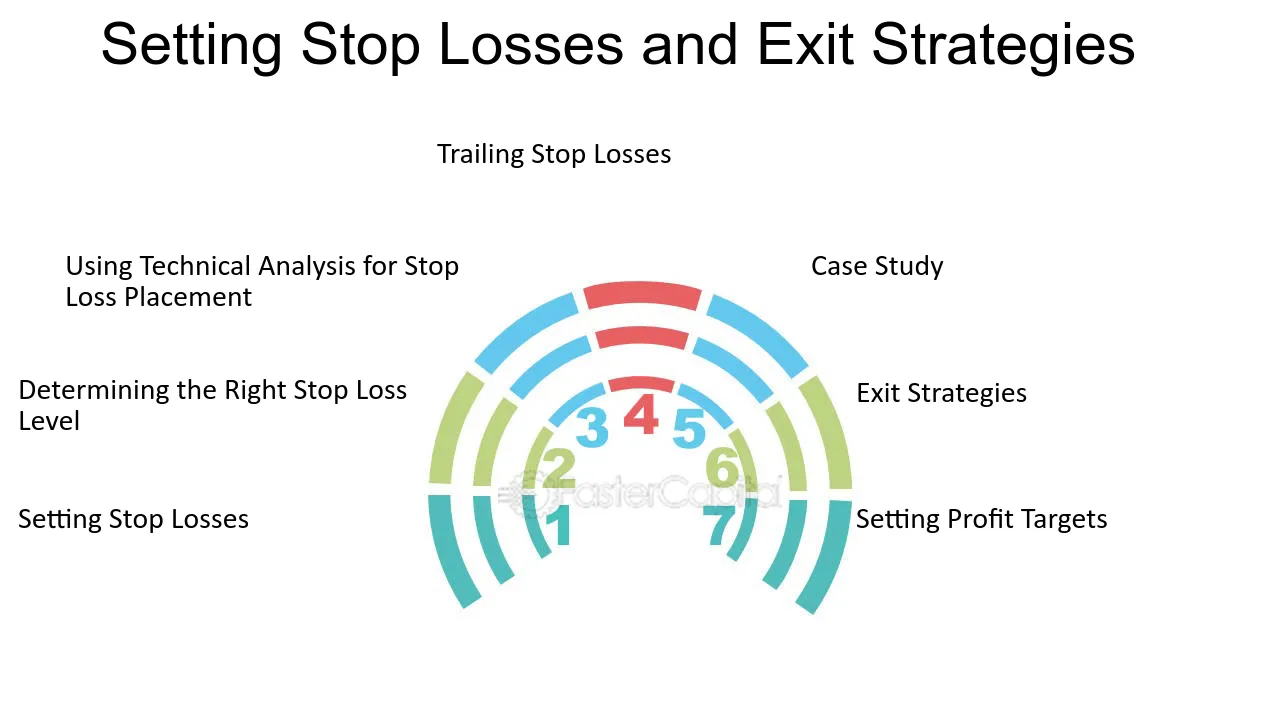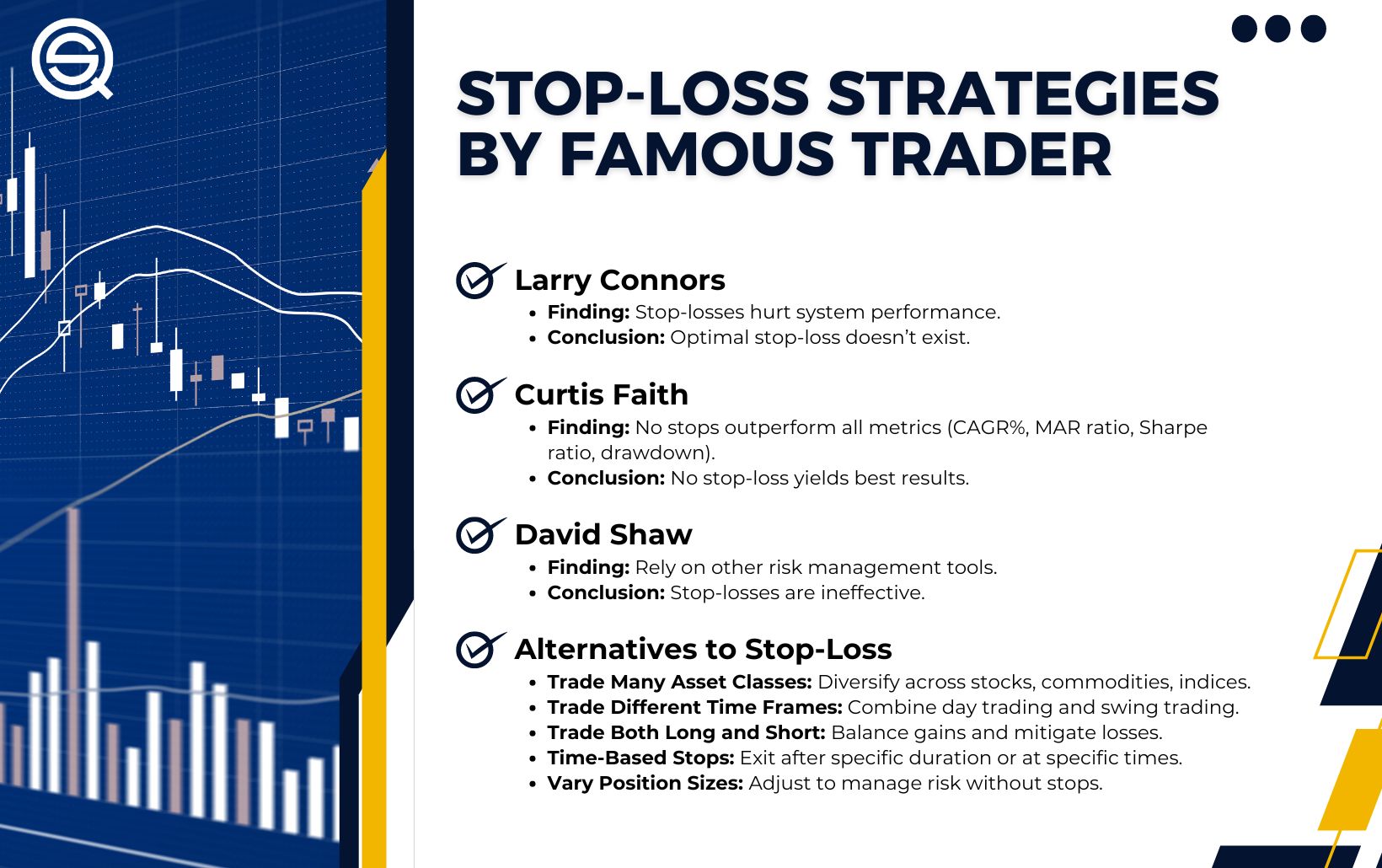Did you know that volatility in the stock market can be as unpredictable as a cat on a hot tin roof? Understanding volatility is crucial for day traders, as it directly impacts trading risks and strategies. In this article, we’ll explore what volatility means in day trading, how it affects trading risks, and the dangers of high volatility. We’ll also discuss the implications of low volatility, tools to measure market fluctuations, and how to effectively manage risk. Additionally, we’ll highlight the relationship between volatility, profit potential, and the influence of news on market behavior. With insights from DayTradingBusiness, you’ll learn to navigate volatile markets and enhance your trading strategies effectively.
What is volatility in day trading?
Volatility in day trading measures how much an asset's price swings within a short period. High volatility means larger price movements, increasing potential profits and risks. Low volatility leads to smaller price changes, making quick gains harder but reducing the chance of big losses. Traders rely on volatility to identify entry and exit points, but it also amplifies the risk of unexpected price swings.
How does volatility affect trading risks?
Higher volatility increases trading risks by causing rapid price swings, making it harder to predict market movements. It can lead to bigger losses if trades move against you quickly. Conversely, low volatility reduces potential profit opportunities and can lead to sideways markets, which also pose risks. In day trading, sudden price jumps from volatility can trigger stop-losses or cause slippage. Overall, volatility amplifies both potential gains and losses, making risk management crucial.
Why is high volatility dangerous for day traders?
High volatility causes sudden price swings, making it hard to predict market moves. It increases the risk of large losses in a short time. Rapid price changes can trigger stop-losses prematurely or cause emotional trading. This unpredictability forces day traders to take bigger risks, often leading to significant financial damage.
How can low volatility impact trading strategies?
Low volatility reduces the price swings, making it harder to find profitable quick trades in day trading. It limits opportunities for quick profits since prices stay stable, leading traders to spend more time and effort with fewer results. This environment increases the risk of false signals and whipsaws, causing losses or frustration. Traders might also tighten stop-losses, which can result in more frequent stop-outs and increased transaction costs. Overall, low volatility decreases profit potential and raises the difficulty of executing effective day trading strategies.
What tools measure market volatility?
Tools that measure market volatility include the VIX (CBOE Volatility Index), Bollinger Bands, Average True Range (ATR), and the Donchian Channel.
How does volatility influence stop-loss placement?

Volatility determines how much price swings occur, so higher volatility means wider stop-losses to prevent premature exits. When volatility spikes, traders often widen stops to avoid being stopped out by normal price fluctuations. Conversely, in low-volatility periods, tighter stops can protect profits without risking large losses. Essentially, volatility guides whether you place tighter or looser stop-losses, balancing risk and avoiding false triggers.
What are the risks of trading during volatile markets?
Trading during volatile markets increases the risk of sudden, unpredictable price swings that can lead to significant losses. Fast price changes can trigger stop-loss orders prematurely or cause slippage, reducing profit or increasing loss. Liquidity often drops in volatile times, making it harder to enter or exit trades at desired prices. Emotional reactions like panic selling or overtrading become more common, impairing decision-making. Overall, volatility amplifies both potential gains and risks, demanding higher skill and discipline from day traders.
How can traders manage volatility risk?
Traders manage volatility risk by using stop-loss orders to limit losses, setting position sizes based on market swings, and employing options strategies like straddles or spreads to hedge. They analyze market trends and avoid over-leveraging during unpredictable periods. Keeping a disciplined trading plan and staying updated on news that drives volatility also helps control risk.
Does volatility lead to more false signals?
Yes, higher volatility increases false signals in day trading. Rapid price swings can trigger premature buy or sell signals, making it harder to distinguish real opportunities from noise. During volatile periods, technical indicators often mislead, causing traders to act on signals that don’t hold. This leads to more false signals and higher risk of losses.
How does volatility affect profit and loss potential?
Higher volatility increases potential profit margins because price swings create more trading opportunities. But it also raises risk, making losses sharper and faster. In volatile markets, your gains can skyrocket, but so can your losses, requiring quick decision-making and strong risk management. Low volatility limits profit potential but offers more stable, predictable trades.
Can volatility create trading opportunities?
Yes, volatility creates trading opportunities by causing rapid price swings, allowing day traders to profit from quick moves. High volatility means more price fluctuations, increasing chances for short-term gains. Traders can use volatility to time entries and exits more precisely. However, it also raises risks, making quick losses possible if market moves are unpredictable.
How does news impact market volatility?
News causes sudden shifts in market sentiment, triggering rapid price swings that increase volatility. When unexpected headlines or economic reports hit, traders react quickly, amplifying market movements. This heightened volatility sharpens the risks for day traders, making prices more unpredictable and harder to time. Sudden news releases can lead to flash crashes or spikes, increasing potential losses. Overall, news-driven events can turn calm markets into turbulent trading environments, raising the stakes for anyone active in day trading.
What role does liquidity play in volatile markets?
Liquidity reduces the risk of sharp price swings in volatile markets by allowing quick entry and exit at desired prices. High liquidity means you can sell or buy assets without causing major price shifts, lowering the chance of losses during sudden moves. In volatile markets, liquidity helps day traders execute their strategies smoothly, avoiding slippage and incomplete trades. Without enough liquidity, rapid price changes can trap traders, increasing the risk of significant losses.
How do different asset classes react to volatility?
Stocks often drop sharply during high volatility, making them riskier but offering quick swings. Bonds usually stay stable or rise as investors seek safety, but they can also decline if interest rates spike. Commodities like oil or gold can swing wildly, amplifying risk but creating trading opportunities. Real estate assets tend to be less affected short-term but can suffer long-term impacts if volatility triggers economic downturns. Overall, increased volatility heightens risk across asset classes, demanding more caution and quick decision-making in day trading.
What are the best practices for trading in volatile conditions?
Use tight stop-loss orders to limit losses during sudden price swings. Focus on liquid assets to ensure quick entry and exit. Avoid over-leveraging; keep position sizes small to manage risk. Stay disciplined, stick to your trading plan, and don’t chase missed moves. Monitor market news closely—volatile conditions often react to breaking events. Be ready to exit quickly if the trend reverses. Use technical indicators like ATR to gauge volatility and adjust your strategies accordingly.
Conclusion about The Impact of Volatility on Day Trading Risks

In summary, understanding volatility is crucial for day traders as it directly influences trading risks, strategies, and outcomes. High volatility can lead to increased risks and false signals, while low volatility may limit profit potential. Utilizing tools to measure volatility and applying best practices can help traders navigate these challenges effectively. By staying informed and adaptable, traders can harness volatility to identify opportunities and manage risks more efficiently. For deeper insights and support in navigating these complexities, DayTradingBusiness is here to assist you.
Learn about The Impact of Market Volatility on Day Trading